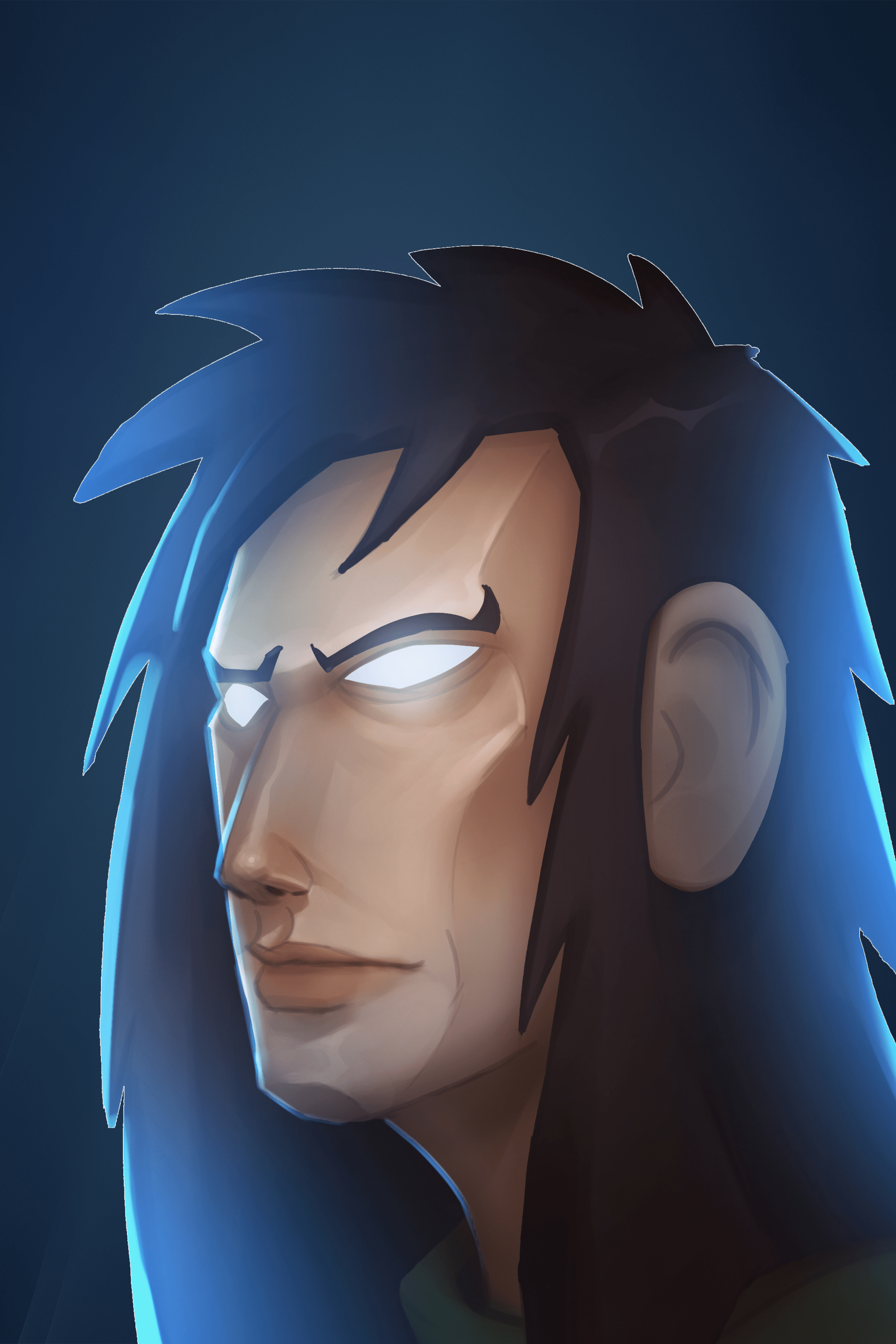

There may not be more than a few of those at the time because of how particular and powerful they are. Players who want to use one of those four Yōkai types will have to present very solid character sheets to be accepted. Originating from China, the legend of the Four Sacred Beasts tells of four unique creatures associated with the four seasons/compass directions. In Yōkai no Sekai, we separate Yōkai in four broad categories : the Four Sacred Beasts, Monsters (Bakemono), Ghosts (Yūrei) and Objects (Tsukumogami). Their appearance ranges from animalistic to that of a regular Human, from the inanimate objects to strange shapes that can't be described. They range from malevolent, mischevious tricksters to creatures that bring fortune and luck to those they encounter. Yōkai is the proper word for any kind of supernatural monsters in Japanese Folklore. The only rule here is that it has to look like it belongs in Japanese Folklore.

We at Yōkai no Sekai hope that you will create characters that will be a unique representation of an existing Yōkai or a "new" Yōkai type. After all, legends and myths are what they are - stories that have different origins and have been modified so many times that it's impossible to tell which version is the right one, if there ever was one. The information you will find here and on the different pages given to the individual Yōkai types are meant to be a general, basic guide. Wikipedia has a much longer list of Legendary Creatures from Japan which may help you find more Yōkai types if you do not find inspiration in the list below. This is but a short list of the most common Yōkai. 4.1.3 - Inugami (Dogs)/ Ha-inu (Winged Dog).


 0 kommentar(er)
0 kommentar(er)
